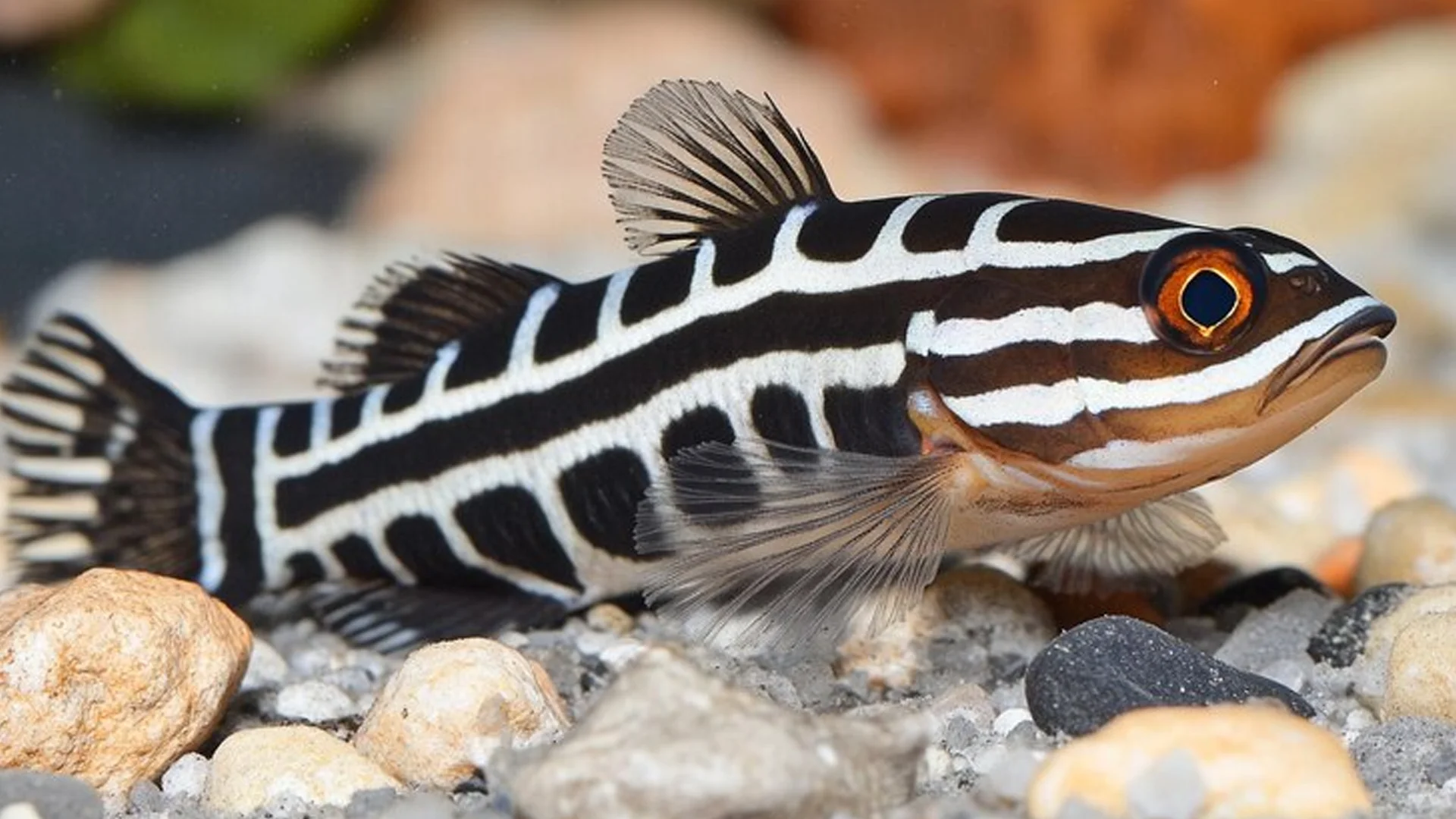Freshwater aquariums offer a captivating blend of beauty and diversity, with countless species available for hobbyists. Among these, the Estherae Cichlid, often referred to as the Electric Blue Cichlid, stands out due to its vibrant colors, unique behavior, and relatively manageable care requirements. This article delves deep into the characteristics, care, breeding, and tank requirements of Estherae Cichlids, making it an essential read for both novice and experienced aquarists.
TRENDING
The Fascinating History Of Mitred Squares: From Origin To Craft
Introduction To Estherae Cichlids
What Are Estherae Cichlids?
The Estherae Cichlid ( Metriaclima estherae ) is a popular species native to the rocky shores of Lake Malawi in Africa. This stunning fish is known for its brilliant blue coloration, which can vary among individuals. The Estherae Cichlid is part of the larger cichlid family, renowned for their diverse shapes, sizes, and colors.
Why Choose Estherae Cichlids?
Estherae Cichlids are often chosen for their striking appearance and engaging behavior. They are relatively hardy and can thrive in various conditions, making them suitable for both beginner and advanced aquarists. Additionally, their vibrant colors can enhance any aquarium setup, providing a visually stunning focal point.
Physical Characteristics
Coloration and Variations
The most striking feature of the Estherae Cichlid is its color. Males typically display a bright electric blue hue, while females often exhibit more subdued shades of yellow or orange. This sexual dimorphism not only aids in breeding but also adds diversity to the aquarium.
Size and Lifespan
Estherae Cichlids generally grow to be about 4 to 6 inches in length. In a well-maintained aquarium, they can live for up to 10 years or more, making them a long-term addition to your aquatic environment.
Habitat And Natural Behavior
Native Habitat
Estherae Cichlids are found in the rocky areas of Lake Malawi, where they inhabit both shallow and deep waters. The complex structure of rocks and crevices provides them with shelter and breeding grounds. Understanding their natural habitat is crucial for replicating the conditions in your aquarium.
Behavior and Social Structure
These fish are known for their territorial nature. Males can be quite aggressive, especially during breeding seasons. It’s essential to provide plenty of hiding spots and territorial boundaries within the aquarium to reduce conflicts.
Tank Requirements
Ideal Aquarium Size
For a group of Estherae Cichlids, a minimum tank size of 30 gallons is recommended. This size allows for ample swimming space and the establishment of territories, which is vital for their well-being.
Water Parameters
Maintaining the right water conditions is crucial for the health of Estherae Cichlids. The ideal parameters include:
- pH Level: 7.8 to 8.6
- Temperature: 75°F to 82°F (24°C to 28°C)
- Hardness: 10 to 20 dGH
Regular water changes and monitoring of these parameters will help ensure a healthy environment.
Substrate and Decor
Estherae Cichlids prefer a sandy or fine gravel substrate that mimics their natural habitat. Adding rocks, caves, and plants will not only enhance the aesthetics of your aquarium but also provide hiding places and territorial boundaries for the fish.
Feeding And Diet
Nutritional Needs
Estherae Cichlids are primarily herbivorous, but they will also consume protein-based foods. A balanced diet should include high-quality pellets, spirulina flakes, and occasional treats like bloodworms or brine shrimp.
Feeding Frequency
Feed your Estherae Cichlids once or twice a day, providing only as much food as they can consume in a few minutes. Overfeeding can lead to water quality issues and health problems in your fish, including triggering a bacterial bloom as uneaten food decomposes and increases nutrient levels in the water.
Breeding Estherae Cichlids
Breeding Behavior
Breeding Estherae Cichlids can be rewarding but requires careful attention to their behavior. Males will display their colors and engage in courtship rituals to attract females. Once a female is ready, she will lay eggs on flat surfaces, which the male will fertilize.
Raising Fry
Once the eggs hatch, the female will often protect the fry in her mouth, a behavior known as mouthbrooding. Providing a separate breeding tank with suitable hiding spots can help in successfully raising the fry until they are large enough to be transferred to the main tank.
Common Health Issues
Signs of Illness
Regular monitoring of your Estherae Cichlids is essential for identifying health issues early. Look for signs such as changes in behavior, discoloration, or refusal to eat, as these can indicate underlying problems.
Preventive Measures
To maintain the health of your Estherae Cichlids, ensure stable water parameters, provide a varied diet, and keep the aquarium clean. Quarantining new fish before introducing them to your main tank can also prevent the spread of diseases.
Conclusion
The Estherae Cichlid is truly a vibrant jewel in the world of freshwater aquariums. With their striking colors, engaging personalities, and manageable care requirements, they are a fantastic choice for any aquarist looking to enhance their aquatic display. By providing the right environment, diet, and care, you can enjoy the beauty and behavior of these extraordinary fish for many years to come.
ALSO READ: The Beauty Of Dentalium Shells: A Guide For Collectors
FAQs
What is an Estherae Cichlid?
The Estherae Cichlid, also known as the Electric Blue Cichlid, is a freshwater fish native to Lake Malawi, known for its vibrant blue coloration and engaging behavior.
How big do Estherae Cichlids get?
Estherae Cichlids typically grow to be around 4 to 6 inches in length.
What are the ideal water conditions for Estherae Cichlids?
Estherae Cichlids thrive in water with a pH of 7.8 to 8.6, a temperature range of 75°F to 82°F, and a hardness of 10 to 20 dGH.
Can Estherae Cichlids breed in captivity?
Yes, Estherae Cichlids can breed in captivity, with females laying eggs on flat surfaces and engaging in mouthbrooding.
What should I feed my Estherae Cichlids?
A balanced diet for Estherae Cichlids includes high-quality pellets, spirulina flakes, and occasional protein-rich treats like bloodworms or brine shrimp.











